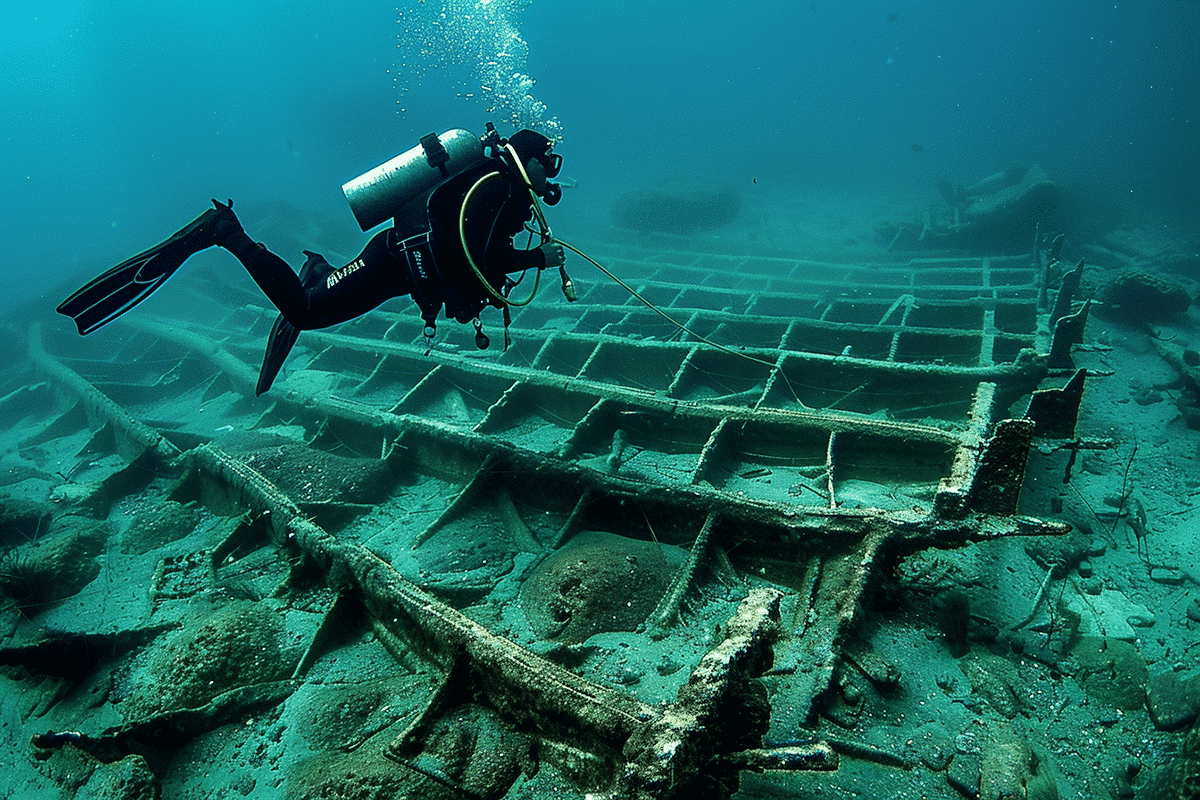A groundbreaking study published in the open-access journal PLOS ONE sheds new light on the advanced nautical technology of early civilizations in the Mediterranean. Led by Juan F. Gibaja from the Spanish National Research Council in Barcelona, researchers have uncovered evidence of sophisticated boats dating back over 7,000 years.
During the Neolithic period, the Mediterranean Sea served as a vital conduit for trade and travel, fostering the development of major civilizations along its shores. The latest findings underscore the remarkable seafaring abilities of ancient communities, providing insights into their navigation techniques and maritime trade networks.
Excavations at the Neolithic lakeshore village of La Marmotta, near Rome, Italy, have yielded a remarkable discovery: five well-preserved canoes crafted from hollowed-out trees, known as dugout canoes. These ancient vessels, dating between 5700 and 5100 BC, offer a glimpse into the advanced construction methods employed by early seafarers.
Analysis of the La Marmotta canoes reveals a mastery of woodworking techniques. Constructed from four different types of wood and reinforced with transverse reinforcements, these boats were not mere rudimentary crafts but sophisticated vessels capable of traversing the open seas. Remarkably, one canoe was found alongside three T-shaped wooden objects, believed to have been used for fastening ropes, possibly for sails or other nautical elements.
The presence of stone tools at the site further bolsters the case for seafaring, suggesting these ancient mariners were capable of navigating to nearby islands. Such findings challenge previous notions of early maritime capabilities and highlight the ingenuity of ancient boat builders.
The study’s authors describe the La Marmotta canoes as exceptional examples of prehistoric seafaring technology. Their construction required a deep understanding of structural design and wood properties, as well as well-organized specialized labor. These boats represent a testament to the resourcefulness and skill of Neolithic communities.
Moreover, the similarities between these ancient vessels and more recent nautical technologies suggest that many fundamental advances in sailing occurred during the early Neolithic period. This revelation underscores the importance of understanding ancient maritime history in shaping our understanding of technological progress.
Looking ahead, researchers believe there may be more preserved boats awaiting discovery near La Marmotta, offering a tantalizing avenue for future research into ancient seafaring civilizations. Direct dating of these canoes confirms them as the oldest in the Mediterranean, providing invaluable insights into the history of navigation and maritime trade during the Neolithic era.
The excavation of Neolithic boats at La Marmotta offers a fascinating glimpse into the advanced nautical technology of ancient Mediterranean civilizations. These remarkable discoveries not only enrich our understanding of prehistoric seafaring but also highlight the ingenuity and resourcefulness of early maritime communities.




